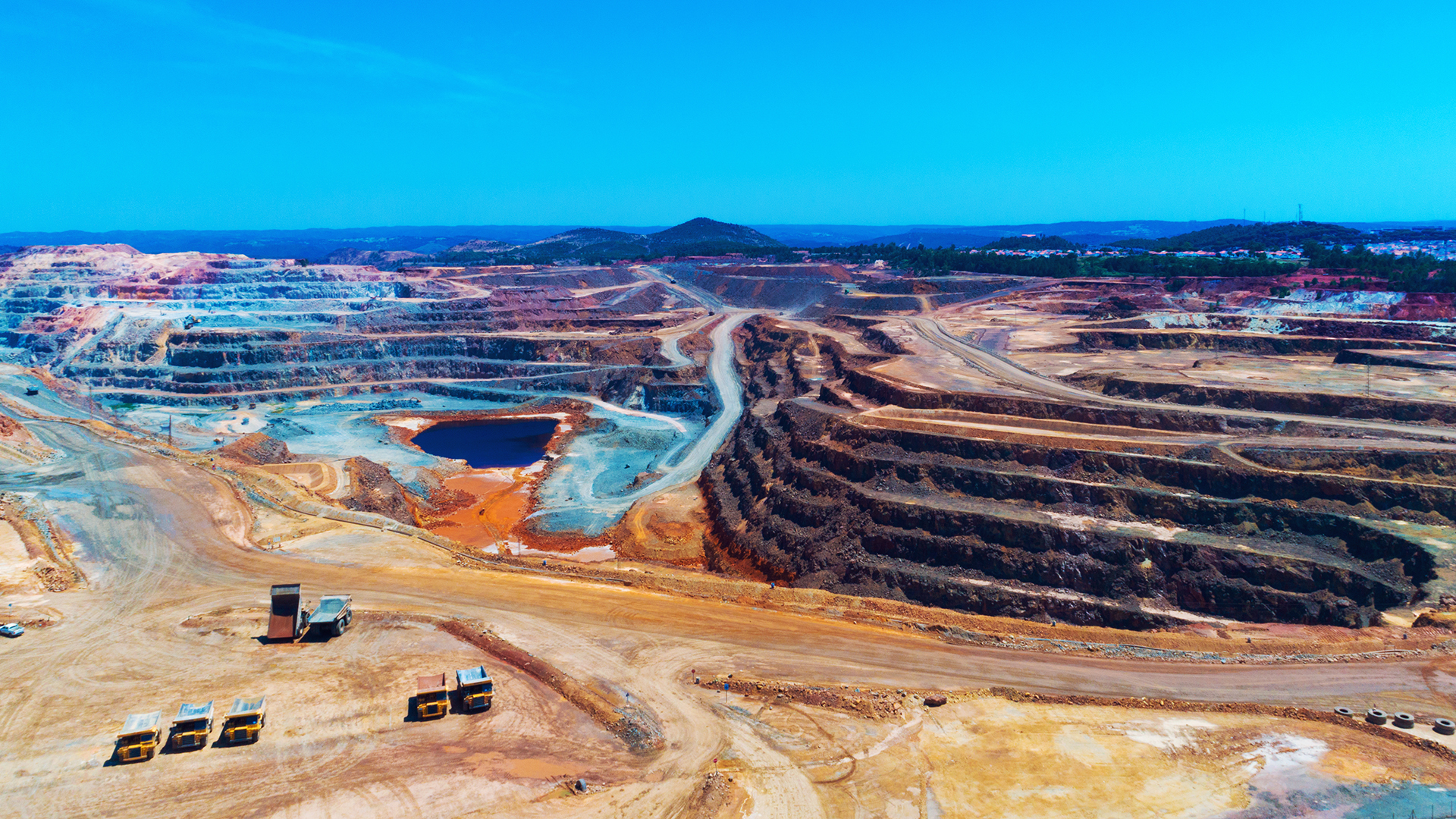Philippe Hameau, Janice Feigher, Marc Robert and Chloé Deydier address topical salient issues in mining arbitrations in Africa. Hot topics include the rise of resource nationalism, disputes arising out of the regional and domestic reforms undertaken in the field of mining legislation (including the suppression of stabilisation agreements), the growing role of CSR in domestic laws and regulations, the rise of environmental claims, the impact of the COVID pandemic, the specificities of disputes arising out of joint venture agreements with state entities under OHADA law and the impact of security threats on the mining industry on the African continent.
Africa’s economic growth has historically been linked to the fluctuation of commodity prices. Modern economy relies on a number of components derived from minerals such as copper, cobalt, bauxite, iron ore, tin, lithium and gold. For instance, smartphones and electric vehicles are powered by rechargeable lithium ion batteries, a component of which is cobalt. According to the African Natural Resources Centre of the African Development Bank, minerals account for an average of 70 per cent of total African exports and about 28 per cent of gross domestic product, and the potential for growth is immense.2 The Democratic Republic of the Congo (DRC) alone contributes over half of the world’s cobalt reserves. Against this background, some states and state-owned counterparts of mining investors in Africa have, in recent years, taken a series of measures perceived by investors as an attempt to force them to renegotiate their long-term agreements. In particular, several African countries have amended their national legislation to significantly increase taxes and royalties on revenues derived from mining activities with immediate effect. Major changes to customs regimes and amendments to the regime of free-carried state participation in the equity of holders of mining titles were also introduced. Some of the recent reforms eliminated or significantly reduced the scope of some stabilisation provisions and the possibility to resort to international arbitration as a dispute resolution mechanism. In this context, tension exists between the stakeholders’ diverging interests. On the one hand, some African states’ declared objective is to better distribute revenue from mining activities to the local population. On the other hand, international investors are concerned that the increased resource nationalism in the region may significantly and adversely affect their return on investment, bearing in mind that mining is an extremely capital-intensive industry in which return on investment can only be expected in the long term. This is the reason why domestic mining codes typically include provisions that guarantee a stable tax and customs regime to investors over a protracted period, providing foreseeability on these heads of cost. These legislative changes introduced by several African states to their national mining code have given rise to multiple disputes. International mining companies have4 initiated, or may thus initiate, arbitration proceedings for breach of the stabilisation clause in the mining code or based on bilateral investment treaties. In addition, in line with a global trend, some African countries recently introduced provisions in their mining legislation aimed at increasing transparency, safeguarding the environment, protecting the local workforce’s human rights and employee rights and encouraging development and collaboration with local communities. International investors will need to factor in these new laws and regulations, which had been long called-for, in their business strategy. Other bones of contention between state-owned entities and foreign investors relate to their respective rights under joint-venture (JV) agreements. The investing mining company contributes the capital investment, know-how and expertise to the JV, whereas the state-owned entity, which generally holds a minority shareholding, contributes the mining licences. African state parties have shown a growing dissatisfaction with the contribution or revenue balance in JV agreements, in particular regarding the underlying value of the mining title, particularly in greenfield projects. Indexation clauses and the basis for valuation of the licence (mining capacity versus actual extraction) are specific areas of concern. Mine shutdowns by investors in the presence of a slump in commodity prices is another source of litigation. Faced with investors’ reluctance to renegotiate the JV agreements on their terms, some state-owned minority shareholders may attempt to obtain the dissolution of the JV company before local courts, on the ground that it is undercapitalised, in breach of Organisation for the Harmonisation of Business Law in Africa (OHADA) law (where applicable). This strategy may enable the minority shareholder to exert further pressure on the investor or to eventually regain control over the mining titles that could then be allocated to another investor on other terms. Another recent trend is the increased reliance by states and state-owned entities on environmental issues as well as the treatment of such issues by arbitral tribunals. Recent case law tends to show that compliance with domestic legislation aimed at protecting the environment could become a requirement for an investor to claim protection of its investment in international arbitration. Could this be the sign of the emergence of an international environmental public order? This chapter also considers the impact of security threats on mines and the extent of states’ possible obligation to protect foreign investments from unlawful activities. As this publication goes to press, the mining industry has so far navigated the coronavirus pandemic relatively unscathed, compared to other industries. This is in part due to the specificities of the sector (isolated sites, open-pit mining). The disruption caused by the pandemic has, however, given rise to multiple contractual disputes, which also affect mining projects and companies.
Accreditation: This is an extract from the second edition of our article in the GAR’s The Guide to Mining Arbitrations. The whole article is available to download here.




